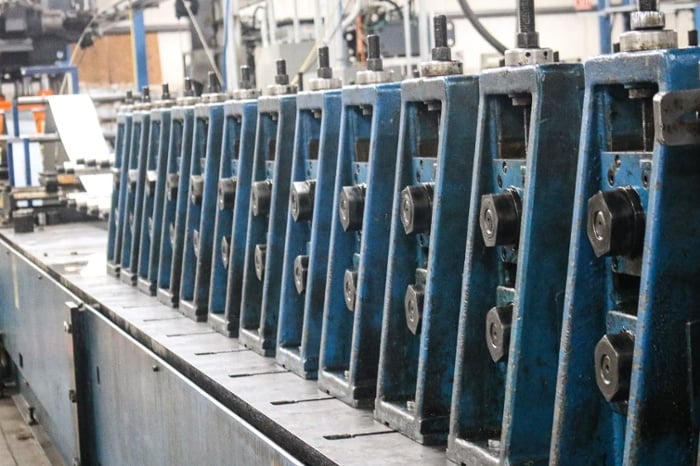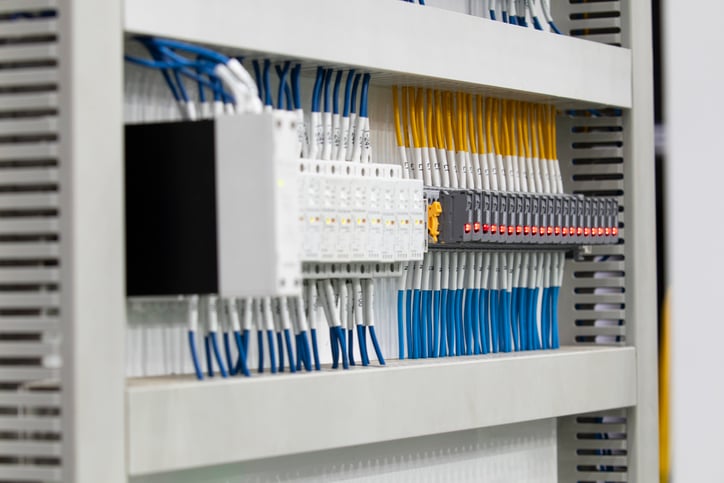Roll Formed parts: 5 Expert Tips for Designing the Worst Parts Ever

Who wants to make great roll formed parts? Not you, obviously.
Optimization is so boring. You’re a trailblazer, a forward thinker -- and that means going against the grain and breaking tradition.
That’s what we like to see. And to help you out in your innovative efforts, we've put together some tips to design the worst roll formed part you’ve ever seen.
(This information is based on over 115 years of experience. It’s guaranteed to ruin your roll formed parts. Good stuff.)
Roll Formed Parts: 5 Sure-Fire Ways to Ruin Your design
There are many ways to absolutely botch your roll formed parts. And the majority of the time, these decisions are made during the design process.
So, if your goal is to be crowned as the king of poor roll forming design, consider these 5 tips:
- Produce super-tight tolerances
- Make your component out of space metal
- Punch holes directly on bends
- Request near-useless legs
- Aim for tight corners
1. Produce Super Tight Tolerances
The goal here is to strangle your manufacturer’s process and create as much scrap waste as possible. After all, a component off the mark by 0.001” is unacceptable, so make this step as difficult as possible.
2. Make Your Component Out of Space Metal
Don't waste your time working with boring earth metals (yawn). Only the rarest metals will do for your basic structural components. The more difficult it is to obtain, the better!
Oh, and don’t forget to choose the least ductile metals possible. That makes it extra difficult for your manufacturer to roll form your parts.
3. Punch Holes Directly on Bends
Who needs perfect circles? Holes near bends stretch into pretty little egg shapes. Oval is the new round. Alternatively, place holes directly on the edge of your part.
Whatever you do, make sure your punches, notches, or slots are in a tough place to put. You’re aiming for maximum distortion!
4. Request Near-Useless Legs
Extreme, flat leg lengths are your friend. After all, what purpose do they really serve?
Whether short and stubby or giraffe-like in their tallness, your goal is to make proper forming as difficult as possible. Your manufacturer is certain to struggle to fulfill this requirement!
(Unless they have MeshTrim. In which case, try harder.)
5. Aim for Tight Corners
Preferably, less than 1.5x the material's thickness. You want to drive up operating costs as high as possible. Tight corners are a great way to increase tool wear and breakage, and burn out a low-horsepower roll forming machine.
Tight corners can also cause stress cracking in harder materials. (Remember, yours should be very hard, per #2 above).
It's a case of killing two birds with one stone! And we mean this literally, since your single part may break into two parts during use.
You know what they say: The more, the merrier.
Worried Your Roll Formed Parts Aren’t Bad Enough?
Still not confident in your ability to create the world's worst-ever design for a roll formed part? Don’t worry -- we’ve got you covered.
Download this guide on how to design a great roll formed part, and simply do the opposite of what it says!
It’s super easy to design a terrible roll formed part. Just trust in your innately human ability to cause chaos. You can do it!
Editor's note: This article was originally published in May 2017, and was recently updated.
You May Also Like
These Related Stories
.jpg)
What’s ‘Just-in-Time’ Delivery Mean When Using Roll Forming Companies?

Understanding The Roll Form Tooling Process




